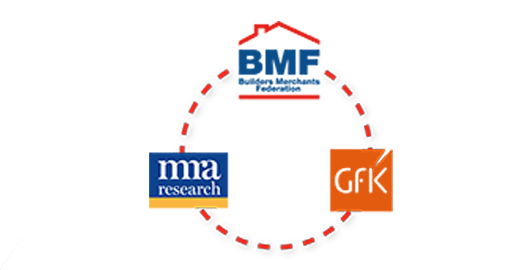Hanson Comment: Q2 2023
After a sluggish first quarter, Q2 was better than expected for cement and aggregate sales particularly towards the end of June. However, volumes remain behind expectations.
The latest figures from the Mineral Products Association show that lower construction demand led to a decline in Q2 sales with primary aggregates (-3.7%), asphalt (-3.1%), ready-mixed concrete (-5.2%) and mortar (-6.4%) all down compared to the previous quarter.
At Hanson, our bulk sales have been quieter than expected but bagged products are now back on target for the year. This is reflective of the broader industry trends – while inflation and high interest rates mean that infrastructure projects have hit some (temporary) set-backs and housebuilding remains a concern, there is still a demographic within the residential market which continues to spend on repair, maintenance and improvement projects.
As we head into budget season, continued demand uncertainty coupled with persistent cost inflation is making it difficult for many businesses to accurately predict what will be happening in H2 2023, let alone 2024. With a possible general election on the cards next year too, it’s a real challenge to forecast what factors will be influencing volumes in the near future.
The recent changes to the extended producer responsibility for packaging regulations mean that reporting packaging data is now mandatory from August 2023. There was some relief for the industry though as the roll out of additional packaging fees has since been deferred for a year.
That said, we are already seeing proactive merchants switching to our Multi-Cem Tough Bag cement in place of our single use plastic bagged cement. We expect more merchants to switch in the coming months to stay ahead of the cost increases associated with plastic packaging – and to reduce their impact on the environment of course.
Unfortunately, it looks like it could be a tougher third and fourth quarter for the industry. This has already been signalled by merchant profit warnings and sector supplier redundancies, demonstrating the impact of falling volumes in the starkest of terms.



